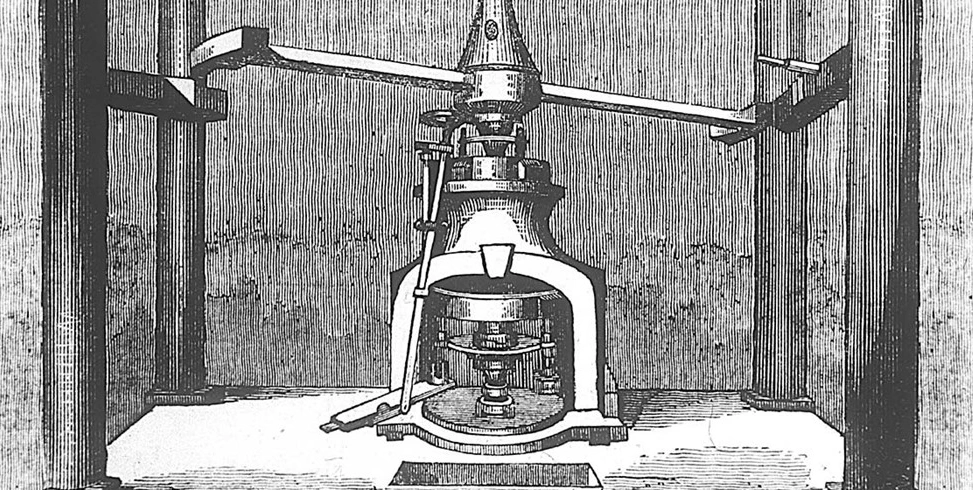The Great Recoinage of 1696 was an attempt by the English government under King William III to replace the hammered silver that made up most of the coinage then in circulation, much of it by then having been clipped and become badly worn.[1] The Secretary to the Treasury, William Lowndes, in his 1695 Report containing an essay for the amendment of the silver coins, estimated that on average the silver coins then in circulation weighed half of their “official” weight.[2]
Lowndes was faced with a critical shortage of silver and the consequent rising cost of silver bullion, which meant that silver coins of the realm were worth more as bullion than their face value, and as a result were being melted down.[3] In an age before the emergence of professional economists, he sought the advice of a group of eight men known for their intellectual prowess or financial acumen, of whom the scientist and mathematician Isaac Newton was one. He, along with six others of the group, recommended recoinage, which the government accepted in December 1695.[4]
In January 1696 parliament passed the Act for Remedying the Ill State of the Coin of the Kingdom,[3] followed by further legislation in April – An Act to incourage the bringing Plate into the Mint to be Coined, and for the further Remedying the Ill State of the Coin of the Kingdom.[5]
Newton was installed as warden of the Royal Mint in May 1696,[4] tasked with supervising the “great recoinage” – the replacement of the old hammered coins with new ones with milled edges.[6] Old coin was taken back by weight rather than face value, at the rate of five shillings and eight pence an ounce,[7] about 28p in decimal currency, and had to be deposited by July 1696.[3]
Branch mints were established at Bristol, Chester, Exeter, Norwich, and York to assist with the work of recoinage. By the time the project ended in mid-1698, the mint had coined a total of £6.8 million in two and a half years, nearly twice the coinage of the previous thirty.[4]
Conclusion
Newton’s work at the Mint made him a wealthy man; in addition to his salary of £600 a year as warden of the Royal Mint he received a commission on the amount of silver minted, which brought in on average an extra £1,000 a year.[6][a]Equivalent to about £2.5 million in terms of average earnings at the time.[8] But the age-old system of attempting to establish the value of coins as the equivalent of their weight as bullion was beginning to prove unsustainable, and ultimately led to today’s fiat currencies, backed only by promises to pay.[9]
Notes
| a | Equivalent to about £2.5 million in terms of average earnings at the time.[8] |
|---|

